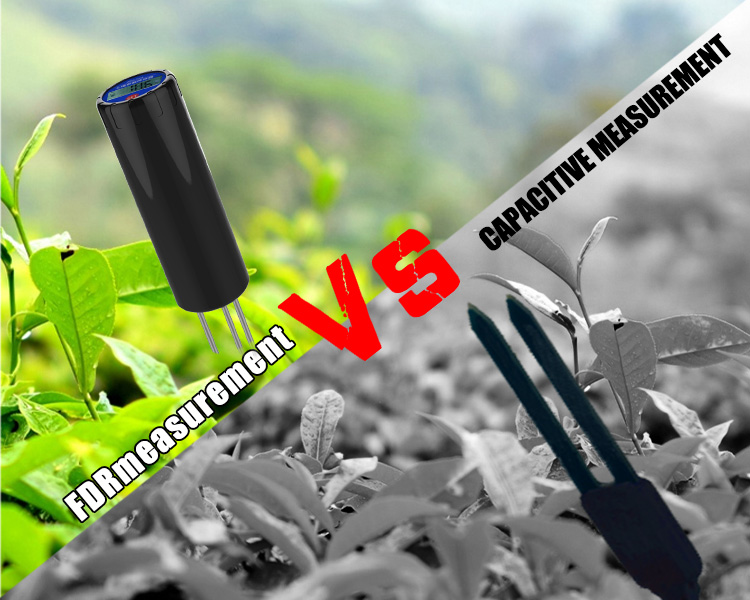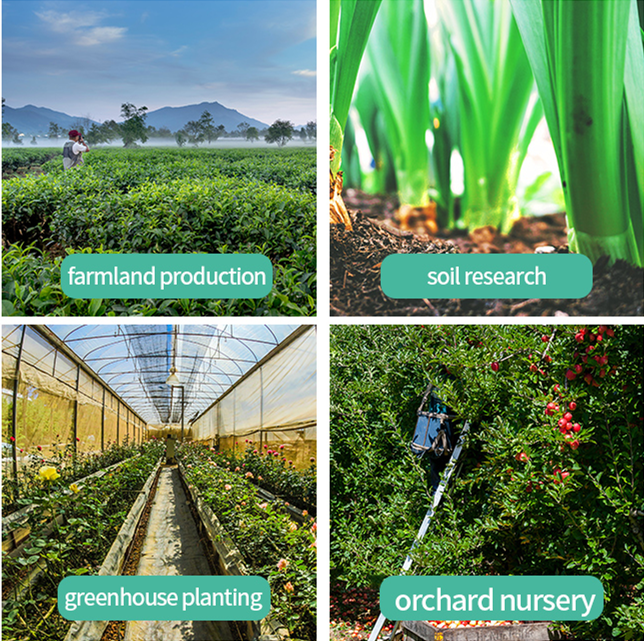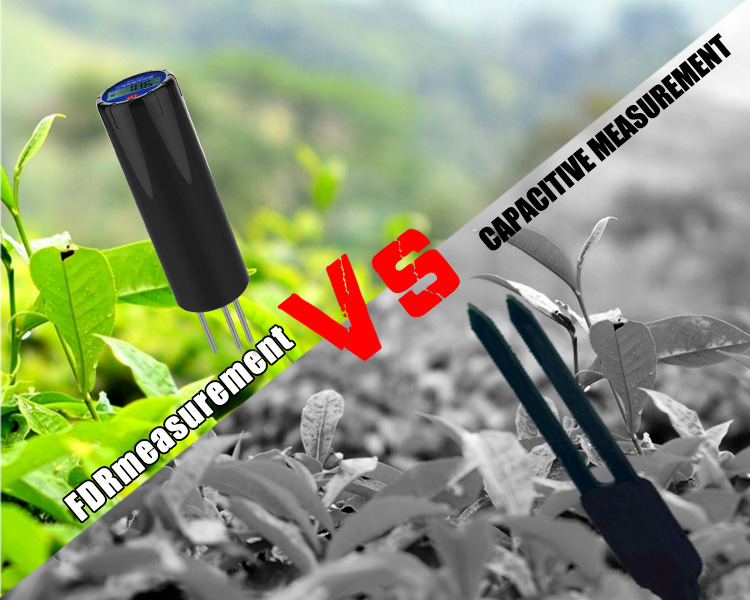Agriculture is a vital sector that sustains and nourishes our growing population. As the global demand for food rises, farmers face increasing pressure to maximize crop productivity while efficiently utilizing resources. In recent years, advancements in technology have offered innovative solutions to address these challenges. One such breakthrough is the use of soil sensors in agriculture. These sensors provide valuable data on soil conditions, allowing farmers to make informed decisions and optimize their farming practices. In this article, we will explore the role of soil sensors in enhancing crop productivity and improving agricultural outcomes.
Understanding Soil Sensors:
Soil sensors are electronic devices that measure various parameters related to soil conditions. These parameters include moisture levels, temperature, pH levels, nutrient content, and salinity. With the help of advanced technology, soil sensors can collect accurate and real-time data, enabling farmers to gain valuable insights into soil health and tailor their farming practices accordingly.

Assessing Soil Moisture Levels:
One of the critical factors influencing crop growth is soil moisture. Too much or too little water can have adverse effects on plant health and yield. Soil moisture sensors provide farmers with precise information about the amount of water present in the soil. By monitoring this data, farmers can determine the optimal irrigation schedule and ensure that crops receive the right amount of water at the right time. This not only conserves water but also prevents overwatering or underwatering, leading to healthier plants and improved yields.
Managing Soil Nutrients and pH Levels:
Soil nutrient levels and pH balance significantly impact crop growth and productivity. Soil sensors can measure nutrient concentrations, allowing farmers to assess the availability of essential elements like nitrogen, phosphorus, and potassium. By understanding the nutrient status of the soil, farmers can apply fertilizers more efficiently, avoiding wastage and reducing environmental impact. Additionally, soil sensors can monitor pH levels, enabling farmers to adjust soil acidity or alkalinity to create the optimal growing conditions for specific crops.
Detecting Soil Salinity:
High salinity levels in the soil can be detrimental to crop health. Salt stress inhibits nutrient uptake and affects water absorption, leading to stunted growth and reduced yields. Soil sensors equipped with salinity probes can detect salt accumulation in the soil. By identifying areas with high salinity, farmers can take appropriate measures to mitigate its effects and manage irrigation practices effectively. This ensures that crops receive adequate water while preventing further salt build-up and damage to plant roots.
Real-Time Monitoring and Data Analysis:
Soil sensors provide real-time monitoring of soil conditions, supplying farmers with up-to-date information about their fields. By accessing this data, farmers can track changes in soil moisture, nutrient levels, pH, and salinity throughout the growing season. With the help of data analysis tools, such as data visualization and predictive modeling, farmers can identify trends, make informed decisions, and optimize their farming practices. This data-driven approach improves resource management, minimizes waste, and maximizes crop productivity.
Precision Agriculture and Variable Rate Application:
The integration of soil sensors with precision agriculture techniques offers significant advantages in optimizing farming operations. Precision agriculture involves applying inputs, such as water, fertilizers, and pesticides, precisely where and when they are needed. By combining soil sensor data with GPS technology and automated equipment, farmers can implement variable rate application (VRA) strategies. VRA ensures that resources are used efficiently by delivering tailored inputs based on specific soil conditions within a field. This targeted approach minimizes input costs, reduces environmental impact, and maximizes crop yields.
Challenges and Considerations:

While soil sensors offer immense potential for agricultural improvement, some challenges need to be addressed for their widespread adoption:
a) Cost: The initial investment in soil sensors and associated equipment can be a barrier for some farmers. However, as technology advances and economies of scale come into play, the cost is expected to decrease over time.
b) Calibration and Maintenance: Soil sensors require regular calibration and maintenance to ensure accurate and reliable data collection. Farmers need to follow manufacturer guidelines and conduct routine checks to maximize the effectiveness of these devices.







